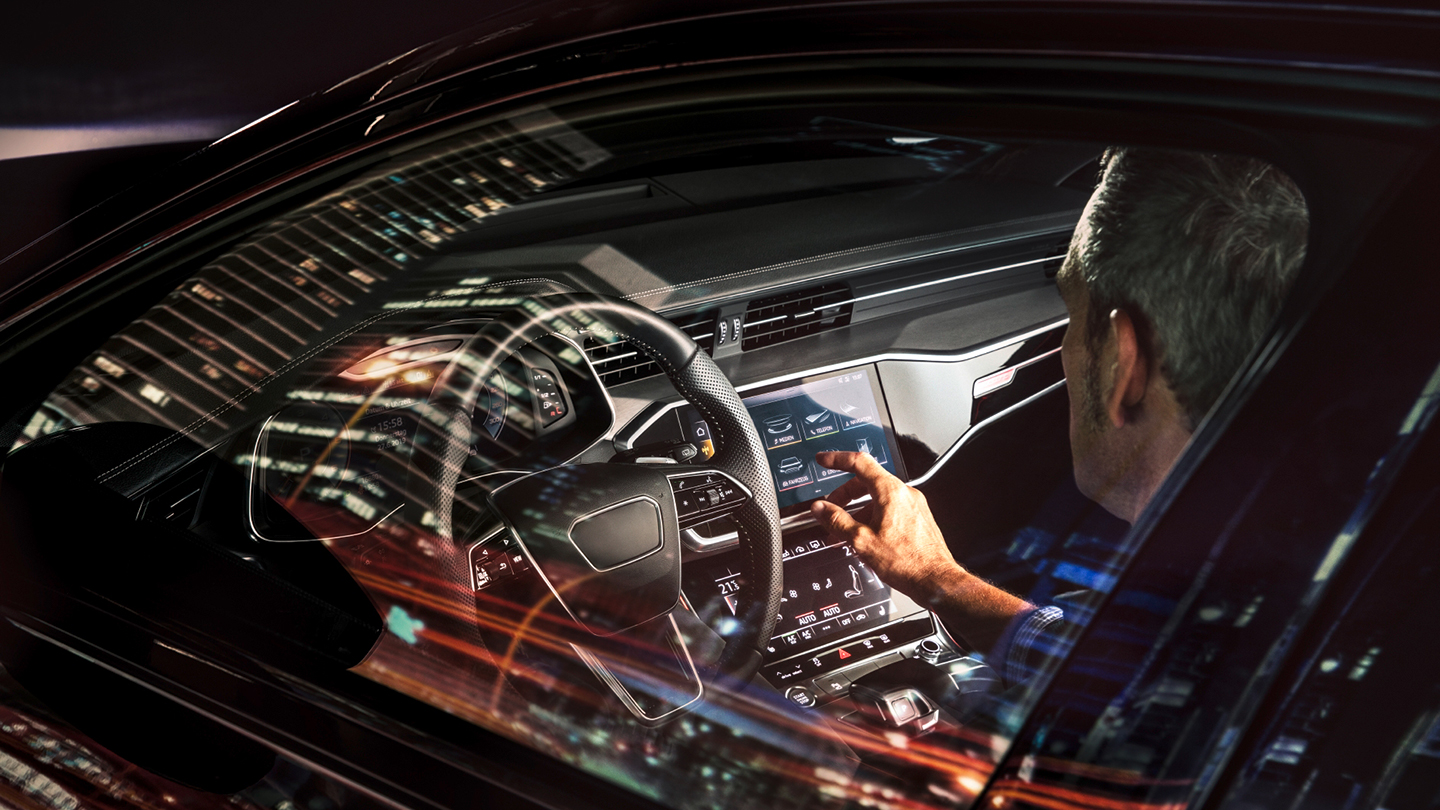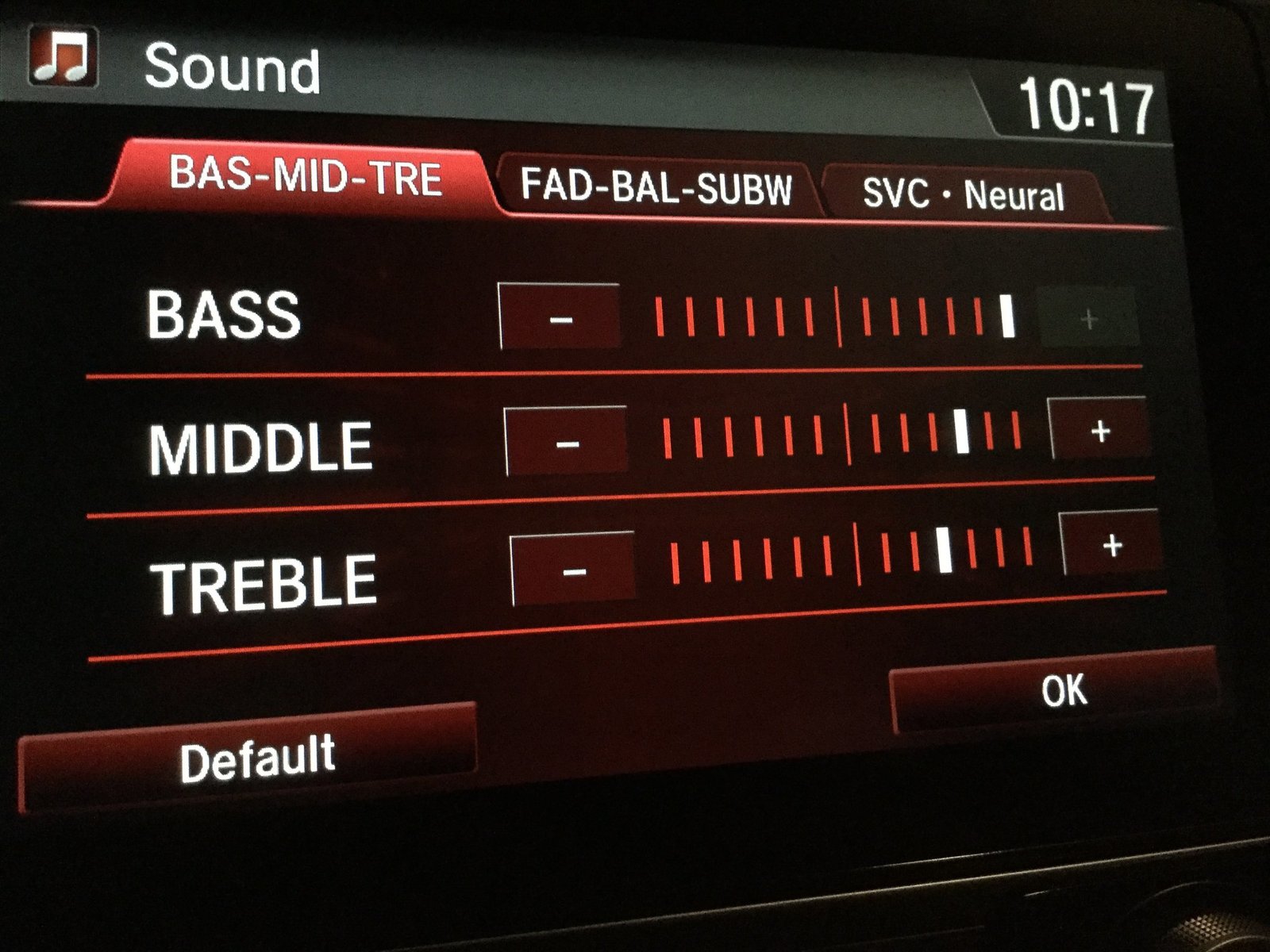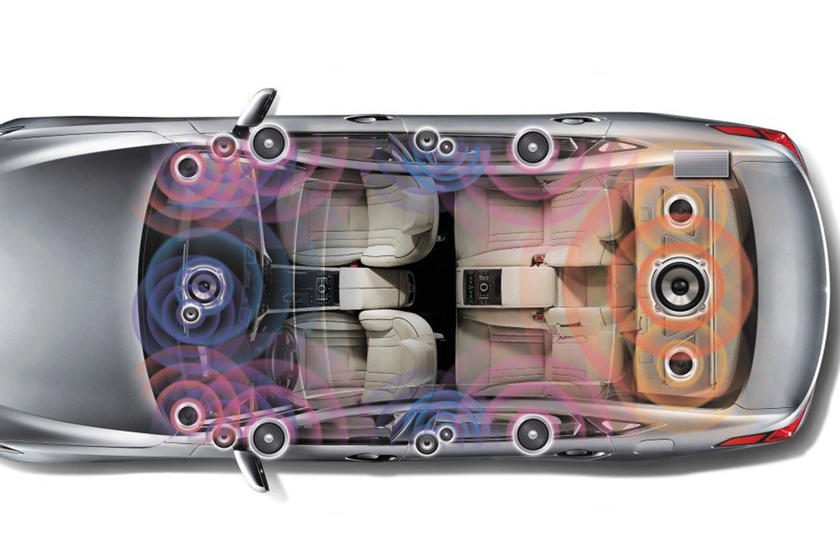Upgrade Your Sound Without Replacing The radio
Posted by 12 Volt & Beyond Staff on Sep 28th 2021

How can I improve my sound quality without replacing the factory stereo?
There's a million and a half ways you could answer this question, but the best answer is simple. First, you need to decide what it is about the system that you are looking to upgrade. Are you happy with the clarity and just want your volume louder overall? Are you looking to add a little extra bass? Does the whole system sound terrible in general?
Many of these questions can easily be addressed using the following steps.
1.) Jump in your vehicle (if you prefer to actually leap that's alright too, just watch your head on the way in...)
2.) Listen to a handful of your favorite songs and listen to them at low, middle and high volume ranges.
3.) Simply listen to all of the frequencies and determine what you feel your ear drums need more of.
Afterwards you can decide what exactly you feel is missing. You can even compare the way the song sounds from inside of your vehicle compared to a quality pair of headphones that you like for easy comparison.
The Basics of Audible Spectrum Ranges
The human ear can typically hear frequency ranges from 20Hz through 20,000Hz. Although most adults can only hear up to 16,000Hz. You may already be familiar with these terms from your basic equalizer adjustments on your factory stereo, if you're lucky you may even know about a parametric equalizer with a little more defined level adjustments per Hz range. Without getting too deep into this topic there are three general categories when it comes to sound frequencies.
- Treble (Highs)
- Midrange (Mids)
- Bass (Lows)
Treble: This is generally the highest range of the frequency chart from 4,000Hz through 20,000Hz being produced by a tweeter. Most adults can actually only hear up to 16,000Hz.Treble is typically the part that makes your music sound detailed and crystal clear. Treble is typically the reason you may dislike listening to specific songs with poor mixing and mastering due to its ear piercing frequency ranges that can make or break a recording's quality. Musical instruments such as a triangle or cymbals would create sounds categorized by Treble.
Midrange:This is generally the middle of the spectrum when it comes to frequencies typically produced by a door speaker or midrange driver in the door. This category ranges from 250Hz through 4,000Hz. This would include instruments like the guitar, piano, or even a flute. If your midrange is improperly set you could potentially experience a hollowed sound that would be similar to a telephone-like listening experience. Possibly even "off-sounding" or "distant" vocals.
Bass: This is generally the lowest end of the frequency spectrum. We experience bass as the seat-shaking low end vibration typically generated by a subwoofer in the trunk. There are many different locations for a subwoofer depending on the vehicle's audio package including but not limited to the rear deck, inside the trunk, center console, or even the lower portion of the front doors. Bass typically ranges from 250Hz down to 20Hz. Commonly referred to as "the boom boom".
Now that we have the basics of our frequency ranges out of the way, you should be able to better understand what your goal is overall when upgrading audio products in your vehicle.

Choosing The Right Upgrade For Your Needs
This is where things can sometimes be not so easy... Typically most think they need to just replace their speakers to make the system louder. This is not always correct but sometimes can definitely make a huge difference. Take a moment to consider these few questions before beginning your next audio upgrade project.
- Do you want your volume louder overall?
- Does your music sound muffled and unclear?
- Do you simply want to add more bass?
- Do you want better overall quality sound?
- What is your budget for a new sound upgrade?
These are only a handful of the common questions asked when having your stereo system upgraded by a professional installation shop. If you are unsure of which way you should start, here are a few steps to easily go about upgrading your audio system.

The Steps to Success
Depending on which area you feel your factory audio system needs upgrading these steps can be taken in any order. We have just set them up in our favorite order for a sound quality based setup. Steps 1 and 2 cover the overall sound volume and quality coming from the interior speakers and step 3 is more focused on adding bass to your system.
- Replace Speakers - This is the easiest and most common way to start bringing your car stereo system back to life! Replacing your stock speakers with high performance aftermarket speakers can easily make a noticeable difference in your audio quality. Be sure to use the same size as your factory speakers to maintain the functionality of any phase equalization and other filtering your factory system is using. Generally, stock speakers are built with low quality products and have paper cones that deteriorate over time as well as smaller magnets to offset the cost of production. With that being said, most people typically start with replacing the speakers as a cost effective beginning to upgrading your poor stock sound system. Our personal favorite is the DB Drive ES7 line 6.5" Coaxial Speakers and the DB Drive ES7 line 6x9 Speakers.
- Add an Amplifier - Properly adding an external amplifier into your system is almost always recommended by professionals. The reason behind this is because your factory amplifier (if applicable) is typically designed specifically around your factory speakers which you more than likely have already replaced. An external aftermarket amplifier can offer many different options to provide better quality. Higher wattage ratings to properly power your aftermarket speakers, an internal crossover option such as a high pass filter and sometimes even bandpass or all pass filtering, as well as a cleaner output signal into your new high performance car audio speakers. Usually you want to amplify aftermarket speakers instead of your factory speakers since the factory speakers generally can not handle a higher wattage than they already receive from the factory amplifier. This option serves a multi purpose upgrade for your system as it can both increase overall volume levels as well as provide an extremely clean signal which would in return create better sound quality when tuned properly. Depending on your vehicle you would potentially use a 4-channel, 6-channel, or an 8-channel amplifier for your interior speakers. Depending on the amplifier you choose this may require a high - low level or line output converter if it is not already built into the amplifier.
- Add a Subwoofer - An aftermarket subwoofer can produce much lower frequencies than any speaker inside of your vehicle. There can be many options as far as enclosure goes such as ported, sealed, downfiring, 4th order, etc... Without going into too much detail on enclosures (we will reach that topic separately in another blog entry), a general rule of thumb is ported/vented enclosures will usually provide a deep, louder bass while a sealed enclosure will offer better response with a clean "punch" or "kick". Subwoofers are offered in many various sizes to allow for space regulation in your vehicle's trunk or cargo area as well as output. The addition of these lower frequencies can add that bass that you may feel your vehicle has been missing. You could add a subwoofer in multiple ways depending on how you'd like to go about the process. You could use two separate amplifiers (one for the subwoofer and one for the interior speakers) or you could use one single amplifier to power the interior speakers and the subwoofer all in one such as a 5-channel amplifier. Depending on the amplifier you choose this may require a high - low level or line output converter if it is not already built into the amplifier.
Also, don't forget a quality amplifier wiring installation kit if you don't already have one as they do not come with most amplifiers. This guide can be used to upgrade a poor quality factory stereo system in most vehicles as well as help guide you through determining what area you feel needs to be upgraded. If you feel you need more encouragement or suggestions on how to upgrade your factory stereo system our staff at 12 Volt & Beyond is always here to help! From install information to product suggestions, our specialists are trained in both product knowledge and installation to offer you the best possible solution for your vehicle's audio upgrade needs.
If you have any questions regarding installation or product recommendations for your next car audio project please do not hesitate to contact us via our contact page or email at: sales@12voltbeyond.com

